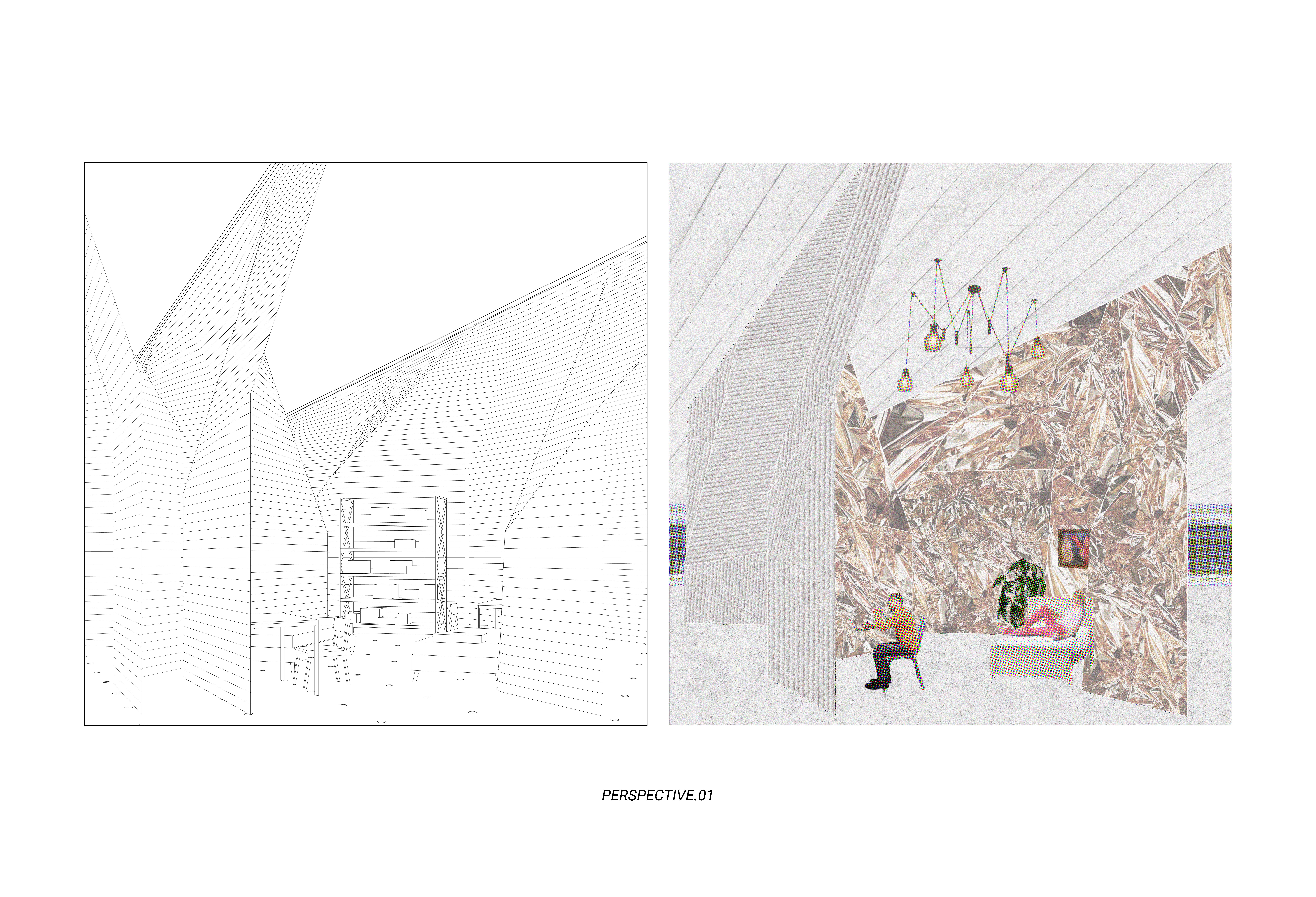TEXTILE TECTONICS
Date 2020
Site 844 S. Figueroa St,
Los Angeles, CA
Lot Area 400,000 sq. ft.
Program Experimental Housing
Structure Concrete
Enclosure Textile
We rely on mechanical system like air conditioning to help make us comfortable in our homes. It contributes to the vicious cycle of global warming that is highly unsustainable. From our everyday clothing to space suits for astronauts, this project experiments with textiles and synthetic membranes as a construction alternative in the domestic realm.
Rather than conventional walls construction, layers of textiles act as movable partitions in this proposal. Inhabitants would able to determine how much space is needed within their homes. When more layers of textiles are stitched on to the first, they can begin to have an experiential effect on the interior environment. Mylar, for example, can be used to reflect back body heat to create a warm bedroom. Linens, can be used for ventilation and mediate heat from gatherings. This proposal is an experiment that utilizes textile’s flexibility, ability to mediate temperatre, moisture, and other performative factors within our buildings.
Rather than conventional walls construction, layers of textiles act as movable partitions in this proposal. Inhabitants would able to determine how much space is needed within their homes. When more layers of textiles are stitched on to the first, they can begin to have an experiential effect on the interior environment. Mylar, for example, can be used to reflect back body heat to create a warm bedroom. Linens, can be used for ventilation and mediate heat from gatherings. This proposal is an experiment that utilizes textile’s flexibility, ability to mediate temperatre, moisture, and other performative factors within our buildings.
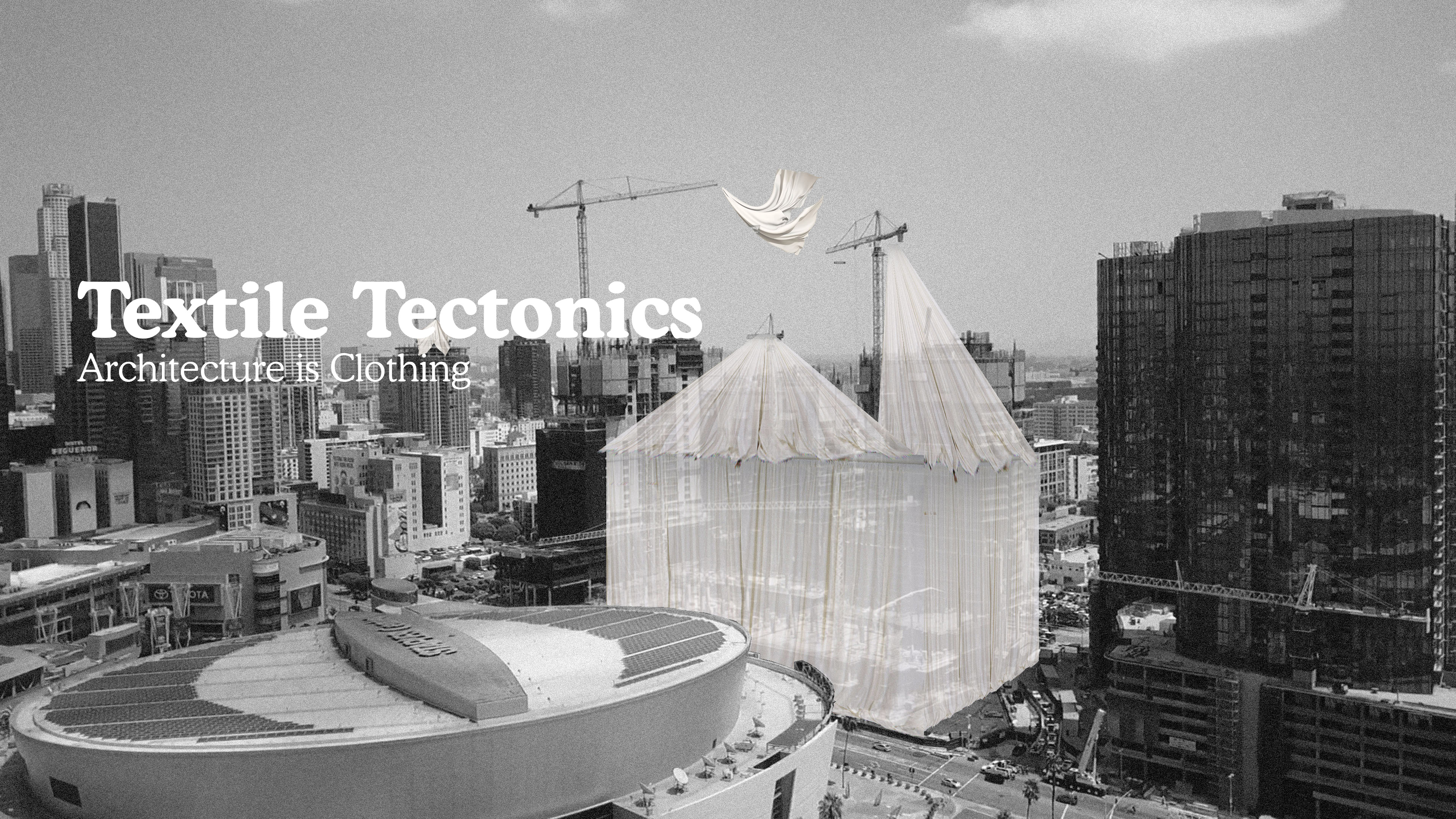
Proposed Outfit
Walls, roofs, floors, protect us from the elements, and so do garments, shoes, hats.
Buildings are an extension of clothing, what if we treated it that way?
Textile Tectonics explores the role of advanced softgoods in our environment.
What happens to building flexibility, energy usage, interactions between us, neighbours or environments?
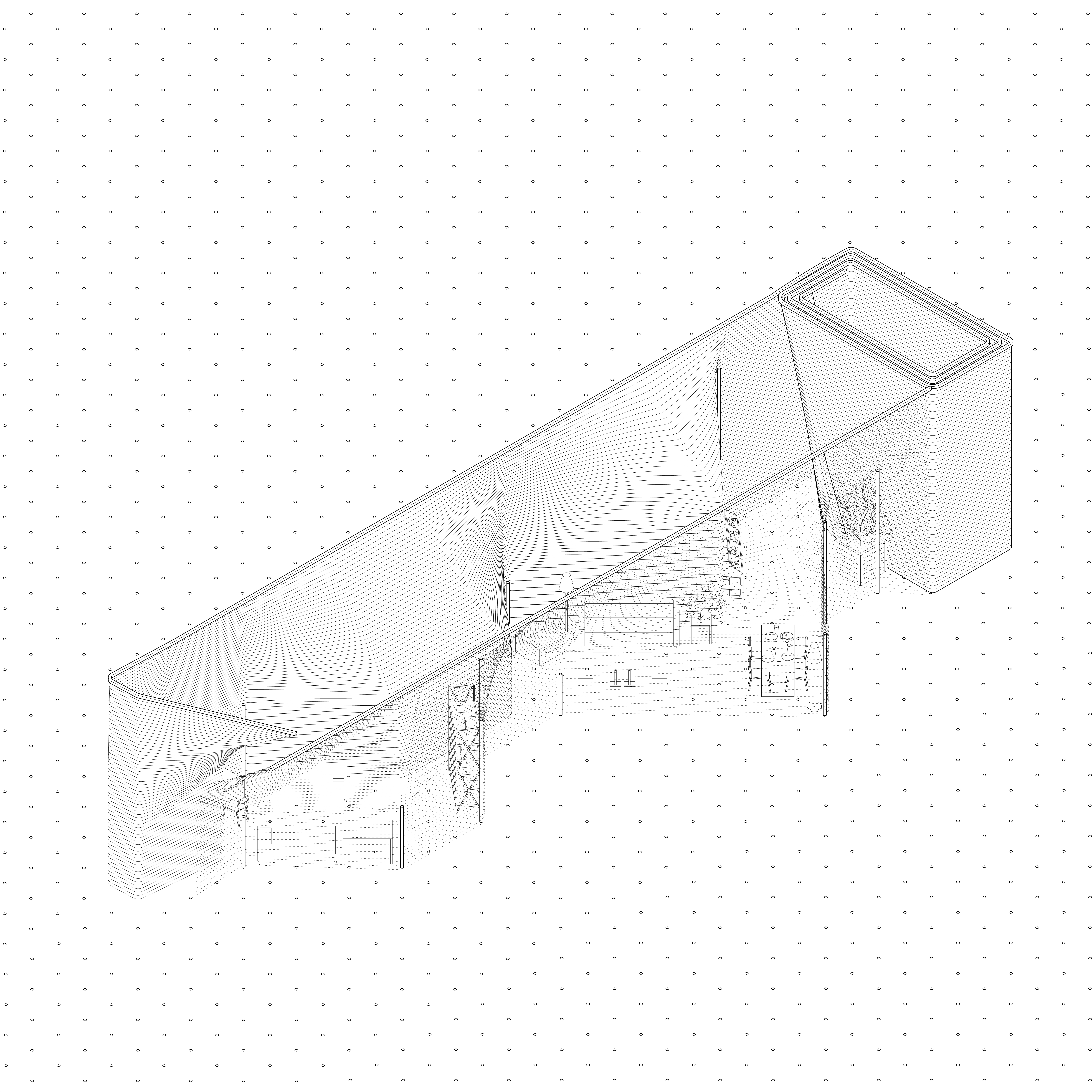



Overview
The “adaptive model of comfort” is the idea that human comfort ranges are constantly shifting, adapting to our surroundings rather than staying constant. “The standards that are followed in the cooling of most buildings do not account for the fact that the temperatures that we humans find comfortable don’t lie within a fixed range” By standardizing a range for comfort, we hinder our ability to adapt to variable temperatures. When we are constantly isolated within a range and grow acclimated to it, we reject temperatures that fall outside of our comfort zone. Eventually, we are inclined to create more of these “comfortable” spaces. Through architecture and relying on systems and machines, we are able to generate more comfort with the consumption of more energy. In return, the excess energy we consume contributes to environmental issues such as global warming which heats the world back up. Like a refrigerator that keeps a cool interior by expelling heat to the exterior, we are stuck in a vicious cycle where comfort tolerance with interior and exterior are inexorably pushed further apart.
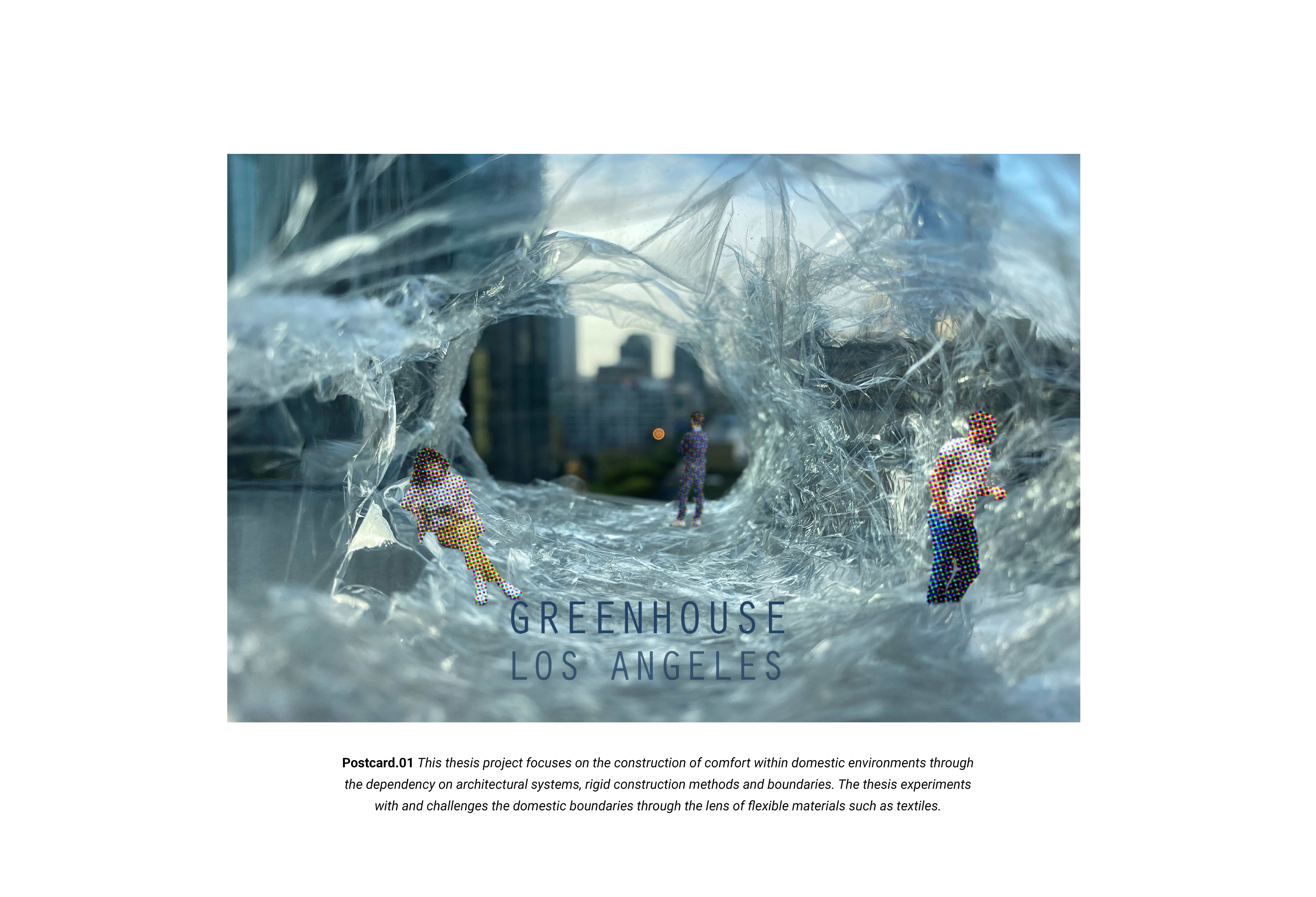

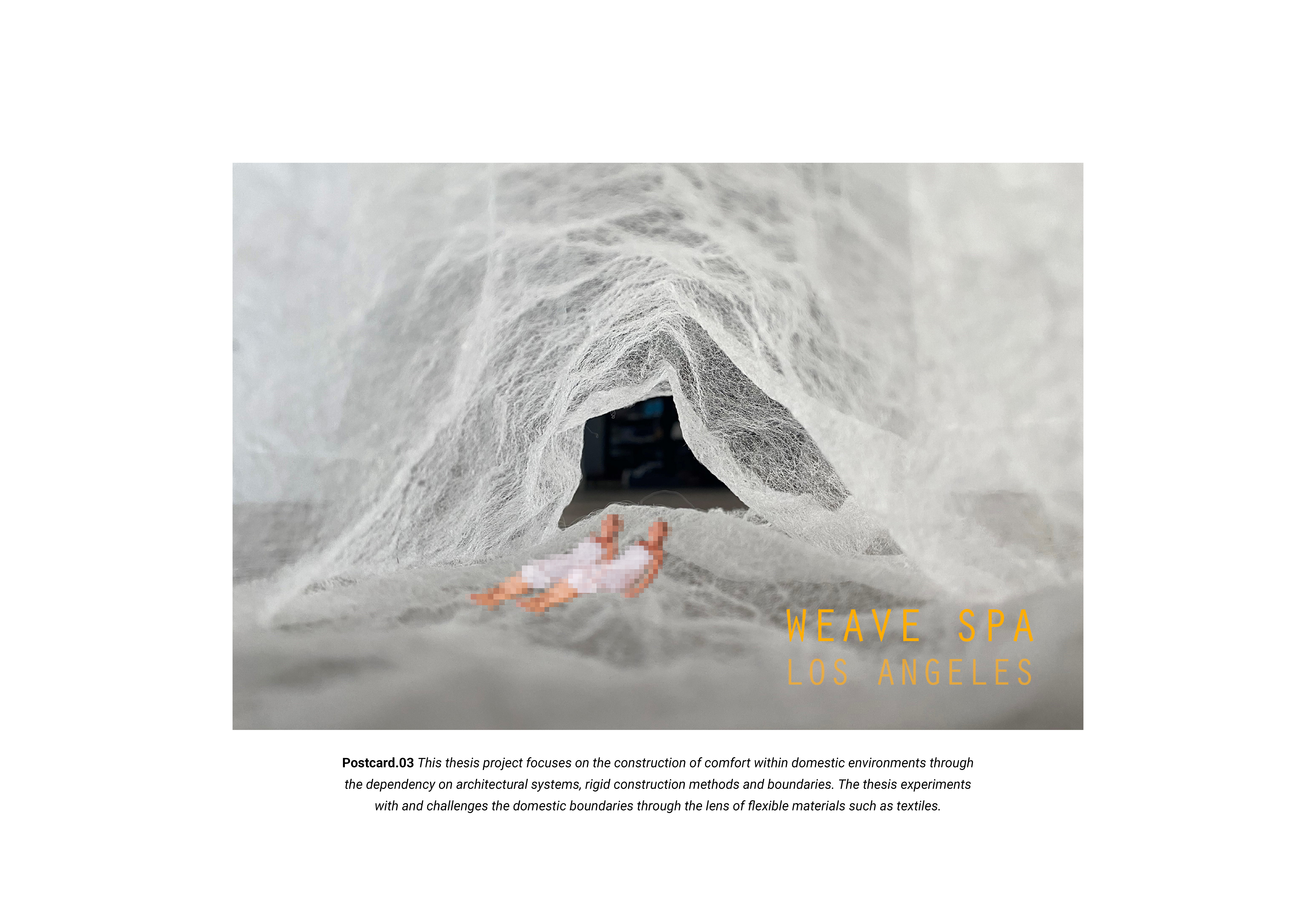

Frame & Fabric
The Four Elements of Architecture is an attempt at a “universal model” of architecture made up of the hearth, the roof, the enclosure and the mound. The implementation of modern technology introduces a shift in purpose for the “enclosure”, placing stronger emphasis on the hearth. Whereas the purpose of the enclosure used to be grounded in its ability to provide shelter for against the external elements. Now, the emphasis of architectural enclosures is not so much in protection, but as a fortification that clearly separates the atmosphere of the interior from the exterior. Accommodating this, tectonics of buildings are engineered for higher efficiency and better performance, the modern building includes elements such as insulation, waterproofing, rain screens, curtain walls. There is not only a literal solidification of architectural boundaries, but the tectonics of modern construction is further isolating our awareness of the exterior.





Formal Exploration
Though not widely used in now, textiles have had an established presence as a functional architectural material throughout history. The technical advancement in modern textiles allows for different types to embody characteristics, like insulation, weatherproof, color, texture and so much more. However, a main advantage of using textiles is its inherent flexibility, this is highlighted with our use of textiles in clothing to keep us warm as well as to cool us down.



Utility

Implementation

Perception
